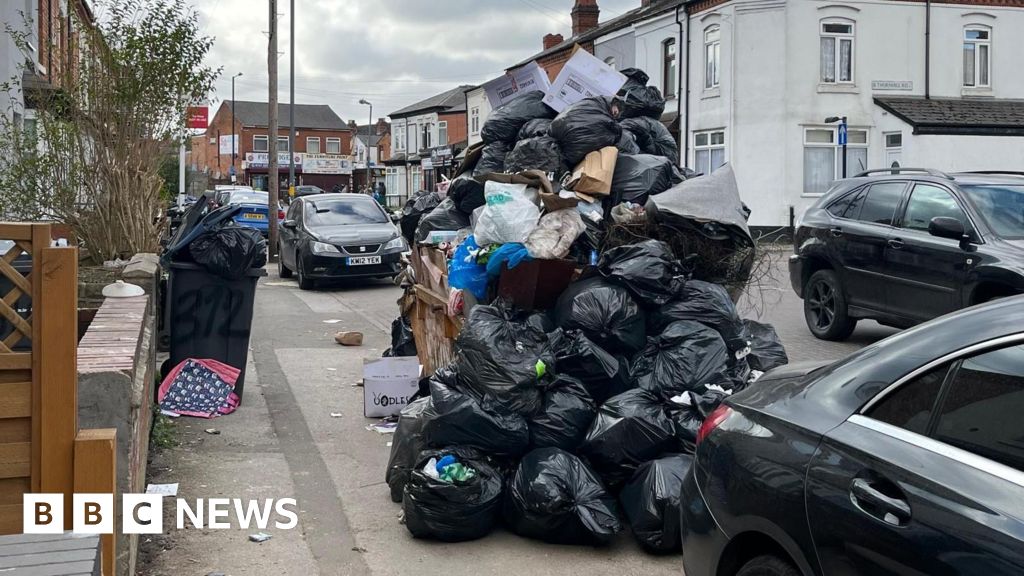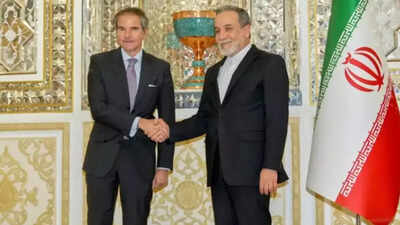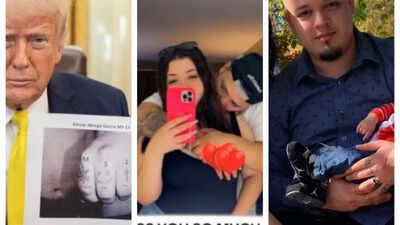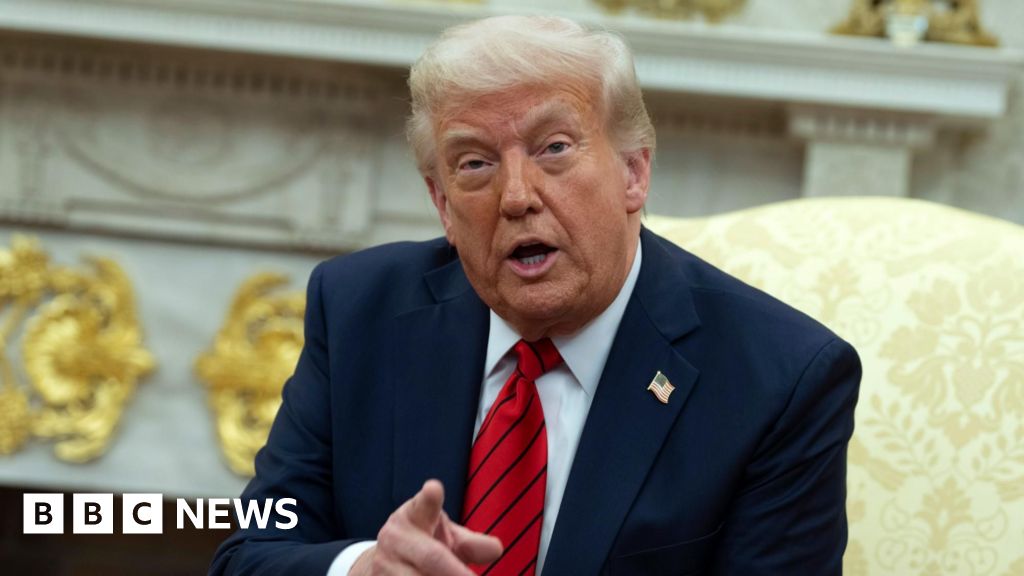Canadians Set to Vote on April 28: A Comprehensive Guide to the Upcoming Federal Election

As the clock ticks down to April 28, Canadians are preparing to cast their votes in a significant federal election that will determine the future leadership of the country. This election is a pivotal moment as voters will decide whether the Liberal Party, currently led by Prime Minister Mark Carney, will retain its grip on power or if the Conservative Party, led by Pierre Poilievre, will re-establish itself after nearly a decade in opposition. This article serves as a detailed guide to the election process, the parties involved, and the implications of the upcoming vote.
Eligibility and Voting Process
Every Canadian citizen aged 18 years or older on election day is eligible to participate in this democratic exercise, including those currently incarcerated and Canadians living abroad. The only individuals excluded from voting are the chief electoral officer, who is prohibited from voting during their ten-year term, and the governor general, who traditionally abstains to maintain the neutrality of their role as the Kings representative in Canada.
Voters will elect one Member of Parliament (MP) to represent each local riding in the House of Commons, with a total of 343 seats availablean increase of five from the previous election due to population growth. Canada employs a first past the post electoral system, where the candidate with the most votes in each riding wins the seat, regardless of whether they achieve a majority of votes. Importantly, this election is focused solely on the federal Parliament, with no referendums or elections for other offices occurring at this time.
Deciding the Prime Minister
While Canadians will not directly elect a Prime Minister, the party that secures the most seatswhether a majority or a pluralitytypically forms the government. The leader of this party is subsequently invited to be the Prime Minister by the governor general. Mark Carney, who recently took over as the Liberal leader after Justin Trudeaus unexpected exit, is contesting his first election and is aiming to represent a suburb of Ottawa that is characterized by a middle-class demographic.
Three primary political parties are vying for seats nationwide in this election:
- Liberal Party: Now under Mark Carneys leadership, the party is focusing on its experience in managing economic crises.
- Conservative Party: Led by Pierre Poilievre, the Conservatives are advocating for strict crime measures, the defunding of the English CBC while maintaining French services, and quick approvals for pipeline projects to lessen reliance on the US.
- New Democratic Party (NDP): Under the leadership of Jagmeet Singh, the NDP is prioritizing social justice and affordability, though polls indicate they are at a 25-year low in support.
- Bloc Qubcois: Led by Yves-Franois Blanchet, this party is only contesting seats in Quebec and is staunchly opposed to new pipeline projects while promoting Quebec independence.
Voting Logistics and Election Day Details
Canada spans six time zones, which means polling hours vary across the country. Most polling stations will close by 9:30 PM ET, while British Columbia will be the last to close at 10 PM ET. On election day, ballots will be paper-based and counted manually at each polling station, with no electronic machines being utilized in the process. Results will be published in real-time on the Elections Canada website as they are reported from each riding.
For voters who cannot make it to the polls on election day, several voting options are available, including voting during advance voting days, which last for four days starting from the Friday before election day, and casting ballots at any Elections Canada office. Canadians can also vote by mail, with applications for mail-in ballots being accepted until April 22. It is crucial that these mailed ballots arrive at Elections Canada in Ottawa by 6 PM ET on April 28 to be counted.
What Happens if No Majority is Achieved?
While Canada does not commonly form coalition governments similar to those seen in Europe, it frequently operates with minority governments. In such cases, these minority governments often rely on informal agreements with other parties to pass essential legislation. Should a minority government lose a confidence vote, which is often linked to budget proposals, it could lead to the dissolution of Parliament and trigger another election. A historical example of this is the collapse of a minority Progressive Conservative government in 1979, which lasted only 66 days.
In the previous Parliament, the NDP lent its support to the Liberals in exchange for certain policy concessions, although they did not formally join the government. Most voters will receive a Voter Information Card by mail, detailing their polling place and advance voting options, but it is worth noting that possessing this card is not mandatory to cast a ballot if appropriate identification is presented.
Significance of the Election
This federal election is taking place at a critical juncture for Canadian politics, particularly in light of Justin Trudeaus unexpected departure after nearly a decade of leadership. His exit has triggered a wave of uncertainty and transition within the Liberal Party, which is now under the stewardship of Mark Carney, a political newcomer but an experienced economist.
Beyond intra-party rivalries, this election will significantly influence Canadas trajectory on pressing issues such as immigration policies, climate change strategies, economic resilience, and global diplomatic relations. One of the notable foreign policy challenges that the next government will face is managing the intricate relationship with the United States, particularly under a Trump administration that has made controversial statements about converting Canada into the 51st US state, alongside ongoing tariff disputes.
Additionally, the outcome of this election could have ramifications on Canadas strained relations with India, especially since Canada has accused Indian agents of being involved in the assassination of Khalistani separatist Hardeep Singh Nijjar. India has categorically denied these allegations, branding them as baseless and politically motivated.


























